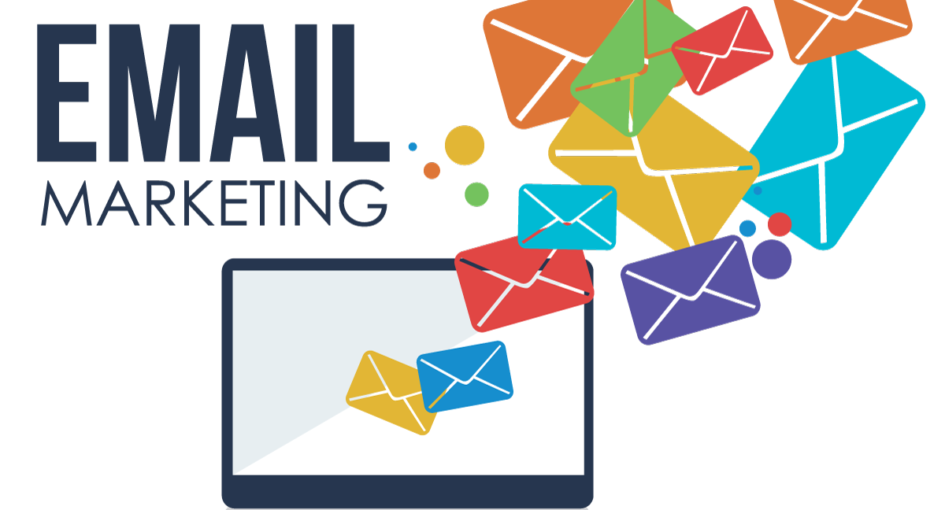
In a world flooded with digital noise, email marketing stands as a beacon of direct and personalized communication. This comprehensive article dives into the realm of email marketing, exploring its strategic intricacies, tactics, and profound impact on establishing connections, nurturing leads, and driving conversions.
1. Email campaigns Unveiled: Elevating Personalized Communication
Email campaigns are more than just sending messages; it’s about crafting tailored conversations. This channel empowers brands to engage subscribers individually, delivering content that resonates with their interests and needs. The ability to create meaningful connections fosters higher engagement and conversion rates.
2. Building a Strong Subscriber Base: The Foundation of Success
A successful email campaign starts with a high-quality subscriber list. Prioritize acquiring permission-based subscribers who genuinely want to receive your content. Implement sign-up forms on your website, social media platforms, and landing pages to attract subscribers who are genuinely interested in your offerings.
3. Segmentation and Personalization: Powering Relevant Engagement
Segmentation divides your subscriber list into distinct groups based on common attributes. This enables you to tailor content to each segment’s preferences. Personalization goes beyond using a subscriber’s name – it involves delivering content based on their behaviors, interactions, and preferences.
4. Compelling Content Creation: Crafting Captivating Messages
Compelling content is the heartbeat of successful email campaigns. Develop subject lines that intrigue, body content that delivers value, and calls-to-action that guide subscribers toward desired actions. Whether it’s informative newsletters, exclusive offers, or engaging stories – content quality drives engagement.
5. Design Excellence: Visual Appeal and Responsiveness
Visual appeal is crucial in email campaigns. Design emails that are visually engaging and responsive across various devices and email clients. Utilize eye-catching visuals, concise text, and a clear layout to direct subscribers’ attention to key information and calls to action.
6. Automated Workflows: Orchestrating Engagement and Nurturing
Email automation streamlines interactions with subscribers based on triggers or actions. Automated workflows can welcome new subscribers, nurture leads, and re-engage inactive users. These workflows provide timely and relevant messages, creating a seamless subscriber journey.
7. A/B Testing and Optimization: Enhancing Performance with Data
A/B testing involves sending variations of emails to different segments to determine which performs better. Test elements like subject lines, content, sending times, and calls to action. Analyze the results to refine your email campaign strategy based on data-driven insights.
8. Compliance and Privacy: Navigating Regulations Ethically
Adhering to email campaign regulations like GDPR and CAN-SPAM is vital. Obtain explicit consent before sending emails, provide clear options to unsubscribe, and ensure the security of subscriber data. Compliance not only preserves your brand’s reputation but also fosters trust among subscribers.
9. Mobile Optimization: Engaging Audiences on All Devices
Given that mobile devices are primary email consumption tools, mobile optimization is non-negotiable. Ensure your emails are responsive and load seamlessly on smartphones and tablets. Mobile-friendly designs ensure that subscribers can engage with your content effortlessly.
10. Measuring Success: Metrics That Define Impact
Measuring the effectiveness of your email campaign efforts is not just about sending messages—it’s about understanding the impact and refining your strategy. Dive into key performance metrics to gain insights into how your campaigns are resonating with subscribers.
a. Conversion Rates: This metric tracks how many recipients took the desired action after opening an email. Whether it’s making a purchase, signing up for a webinar, or downloading a resource, tracking conversion rates helps gauge the success of your email’s call-to-action.
b. Click-to-Open Rate (CTOR): CTOR calculates the percentage of recipients who clicked on a link within your email after opening it. Unlike click-through rates, which consider clicks relative to the total number of emails sent, CTOR provides a more focused view of engagement.
c. Bounce Rate: Bounces occur when emails can’t be delivered to recipients. High bounce rates can indicate issues with your subscriber list quality or technical problems. There are two types of bounces: hard bounces (permanent) and soft bounces (temporary).
d. List Growth Rate: Tracking how quickly your subscriber list is growing is essential. A steady increase in subscribers indicates that your content is attracting new audiences. Conversely, a decline may suggest that your content needs a refresh.
e. Unsubscribe Rate: Monitoring how many recipients opt out of your emails is important for understanding subscriber sentiment. High unsubscribe rates might indicate that your content isn’t aligning with their expectations.
f. Engagement Over Time: Analyzing how engagement changes over time can uncover trends and patterns. Are certain types of emails consistently performing well? Are there specific periods when engagement spikes or drops?
In conclusion, Email marketing remains an anchor of personalized digital communication. By delivering value through targeted content, automation, and data-driven refinement, brands can establish trust, nurture leads, and drive conversions. Amid evolving technologies and shifting trends, email marketing persists as a dynamic channel that empowers brands to build relationships, deliver relevance, and leave a lasting impact in subscribers’ inboxes.